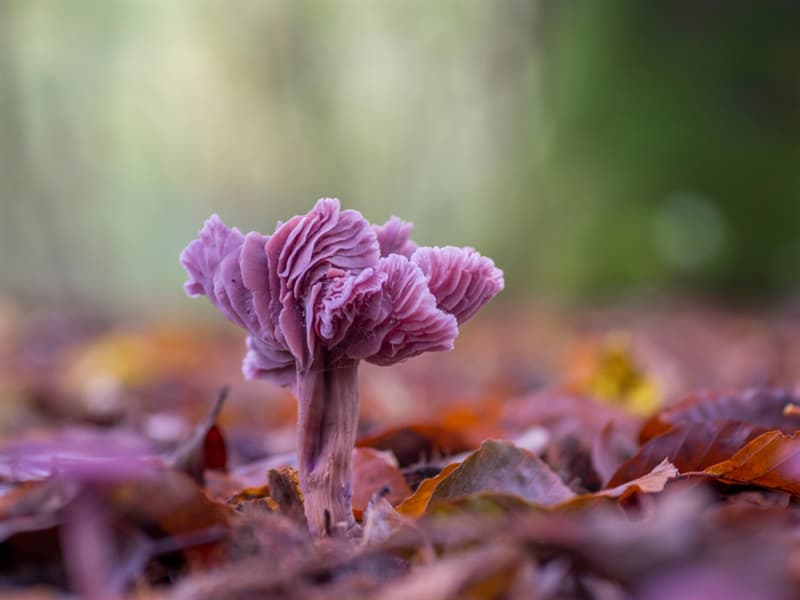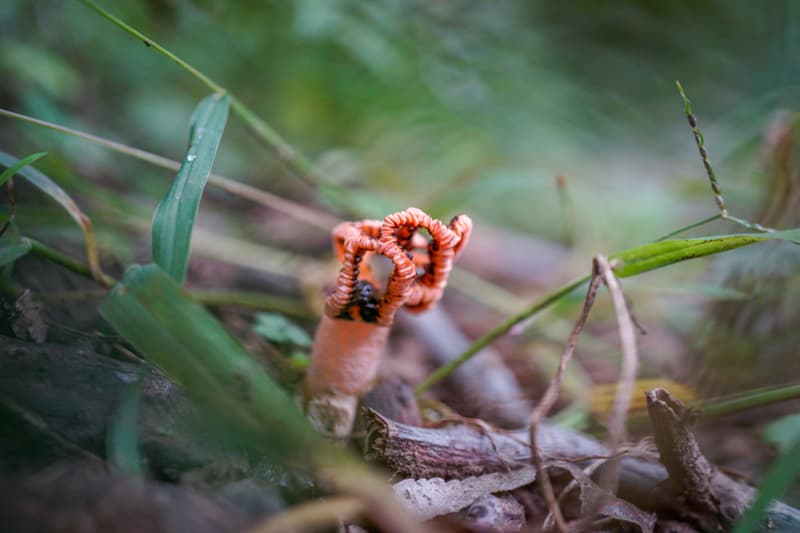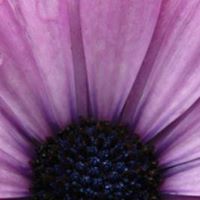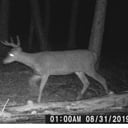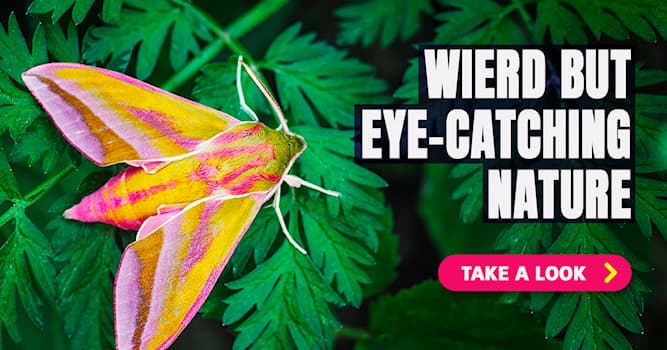Fantastic mushrooms that don't look like mushrooms at all
10/24/2019
4,085 views

Our forests hide many bizarre and funny-looking fungi, but many of us have never seen these wonderful creations by Mother Nature. Let’s discover the strangest of them right now!
#1 Hericium erinaceus

This mushroom has many different names, for example, lion's mane mushroom, bearded tooth mushroom, satyr's beard, bearded hedgehog mushroom etc. The fungus got so many colorful and metaphorical names thanks to its very unusual appearance.
Its fruit body is about 20 cm in diameter and consists of myriads of fleshy needles more than 1 cm long. The mushroom is native to North America, Europe and Asia. Being nontoxic and edible it is widely used in medicine, especially in traditional Asian medicine. In China, for example, it is grown commercially and can be found in many grocery stores.
Its fruit body is about 20 cm in diameter and consists of myriads of fleshy needles more than 1 cm long. The mushroom is native to North America, Europe and Asia. Being nontoxic and edible it is widely used in medicine, especially in traditional Asian medicine. In China, for example, it is grown commercially and can be found in many grocery stores.
#2 Devil’s Tooth
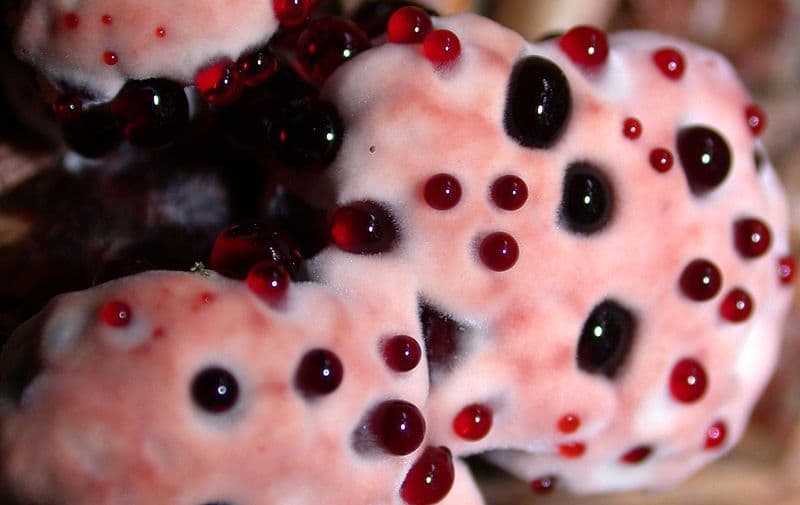
This fungus grows amid moss under conifers in North America and Europe. Its white fruit body exudes red liquid that resembles blood. Though the strange fungus is nontoxic, it is not edible due to its extremely bitter taste. An old fruit body of the fungus becomes brownish and stops "bleeding".
#3 Laccaria amethystine or Amethyst Deceiver
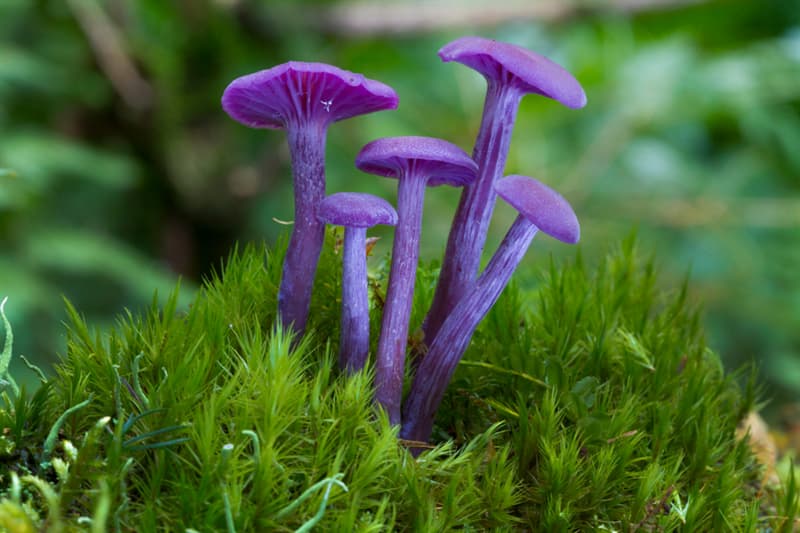
This small fungus is shaped like an ordinary mushroom, but its color is bright and unusual. No wonder it was given such a beautiful name.
Amethyst Deceiver can be found in forests of Europe, Asia, Central and South America, and in the western part of North America. Usually, it appears at the end of summer. The fungus is classified as an edible mushroom though its taste is not very good.
Amethyst Deceiver can be found in forests of Europe, Asia, Central and South America, and in the western part of North America. Usually, it appears at the end of summer. The fungus is classified as an edible mushroom though its taste is not very good.
#4 Chorioactis geaster
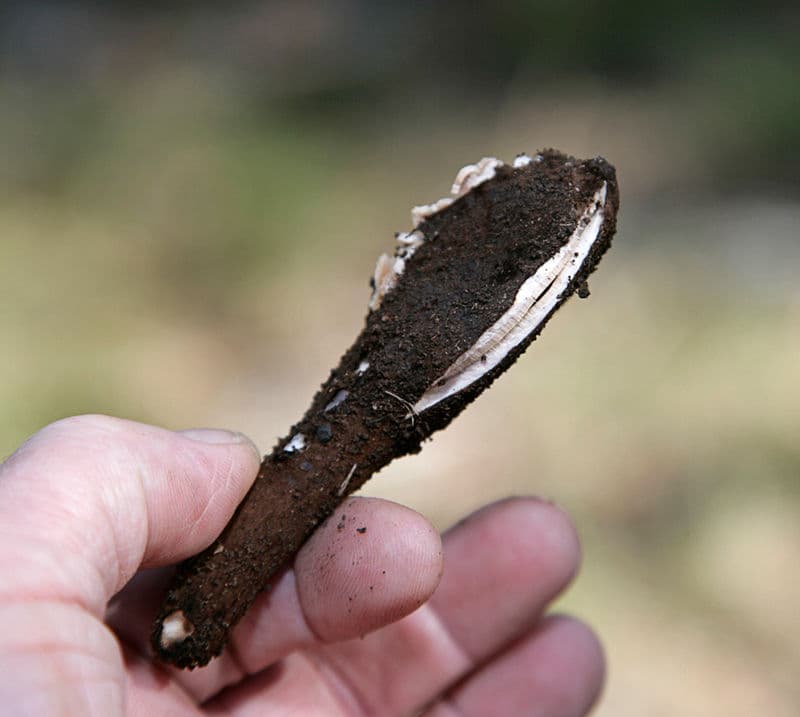
This rare mushroom is found only in two places on Earth – in Texas, USA, and in Japan. When the fungal fruit is young, it resembles a brown or black cigar, but when it becomes mature enough, it splits into 4-7 rays and looks like an open flower. When the fungus opens, a cloud of spores is released accompanied by a hushing sound.
Biologists do not know for sure why the species grows only in Texas and Japan which are located approximately on the same longitude. In 2004, scientists compared the genes of mushrooms from these two places and came to the conclusion that they were separated from each other about 19 million years ago.
Biologists do not know for sure why the species grows only in Texas and Japan which are located approximately on the same longitude. In 2004, scientists compared the genes of mushrooms from these two places and came to the conclusion that they were separated from each other about 19 million years ago.
#5 Phallus indusiatus

The mushroom is also called bamboo fungus, crinoline stinkhorn or veiled lady. This elegant-looking fungus is widely spread in tropical forests of Africa, Australia, North and South America, and in the southern part of Asia. Its characteristic feature is a white lace skirt, or indusium, which may be quite long and reach the ground.
The fungus body can grow as high as 25 cm. Its conic cap is covered with green or brown slime which contains spores.
In spite of the resemblance between this mushroom and the extremely poisonous mushrooms of the genus Amanita, the former is edible. It is rich in nutrients and antioxidants.
The fungus body can grow as high as 25 cm. Its conic cap is covered with green or brown slime which contains spores.
In spite of the resemblance between this mushroom and the extremely poisonous mushrooms of the genus Amanita, the former is edible. It is rich in nutrients and antioxidants.
#6 Giant puffball
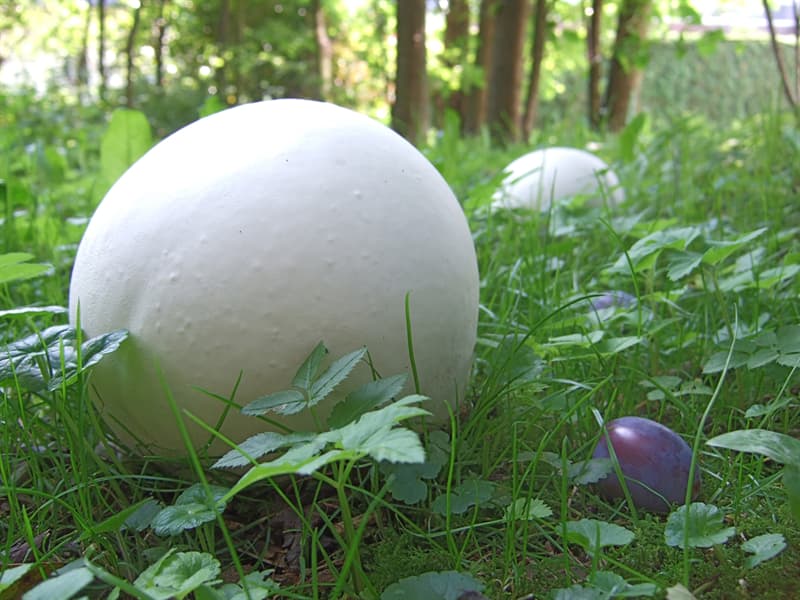
This relative of champignons is native to Europe and North America. The fungus body may reach 70 cm in diameter, but some giant puffballs are really gigantic and may grow as big as 150 cm and weigh about 20 kg!
Young and white puffballs are edible and their taste resembles that of tofu. However, mature yellow and brownish mushrooms may cause indigestion because of billions of spores that start ripening inside their fleshy bodies.
Young and white puffballs are edible and their taste resembles that of tofu. However, mature yellow and brownish mushrooms may cause indigestion because of billions of spores that start ripening inside their fleshy bodies.
#7 Latticed stinkhorn

Its fungus body looks like a red net of a spherical form. It grows in many places of the world, in grass and in leaf litter. At the very beginning of its life, the body is white and egg-shaped covered with an outer membrane enclosing the compressed lattice. As the mushroom grows the membrane is torn and the lattice starts expanding. Sometimes the mushroom may reach 20 cm in diameter.
Latticed Stinkhorn has a stinking odor very similar to the smell of rotten meat which helps to attract insects and thus, to spread the spores.
Latticed Stinkhorn has a stinking odor very similar to the smell of rotten meat which helps to attract insects and thus, to spread the spores.
#8 Starfish Fungus
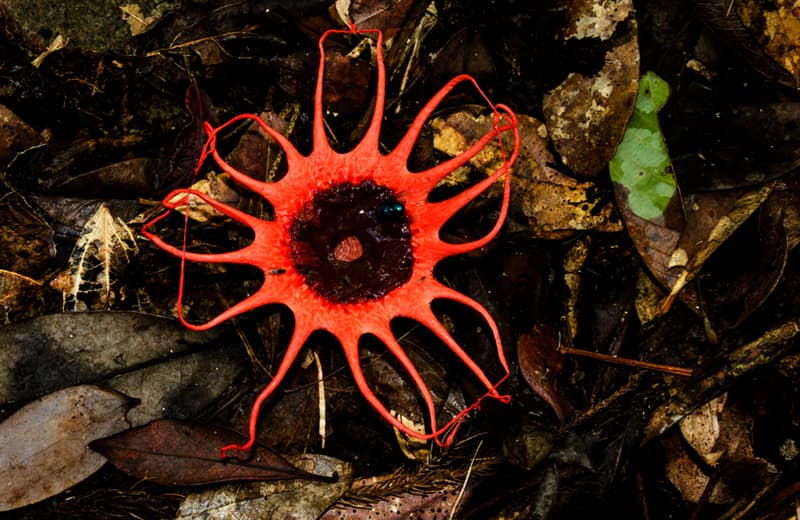
The mushroom also known as Sea Anemone Fungus is native to Australia and some islands of the Pacific Ocean. Its life also starts with an egg-shaped white sphere covered with a membrane. When the latter is torn, its body grows and transforms into a star-like structure with 6-10 rays. Each ray may be up to 3.5 cm in length. Like Clathrus ruber, starfish fungus is famous for its foul odor of carrion.
And what about you? How does it strike you? Do you have any thoughts or ideas to share ? You are welcome to do so in the comments below!
What are your thoughts on this subject?
17 Comments
Interesting Facts
5 fascinating kangaroo facts
8/10/2021
by
brian l
Here are five cool facts about these amazing creatures!
9 images of crazy moments shot by Internet users
8/12/2021
by
brian l
Here are nine crazy moments shot on camera by internet users :)
Instances where nature restyled itself like an artsy magician
8/6/2021
by
brian l
We would be showing you images of where nature styled its creation like an artistic wizard.
7 images that depict life from a different point of view
8/11/2021
by
brian l
In today’s post, we would be sharing these seven photos that show life from another perspective.
You never knew these 8 facts were actually true!
8/7/2021
by
Della Moon
Get ready for a set of big surprises, as you definitely never expected these 8 facts to be true...

